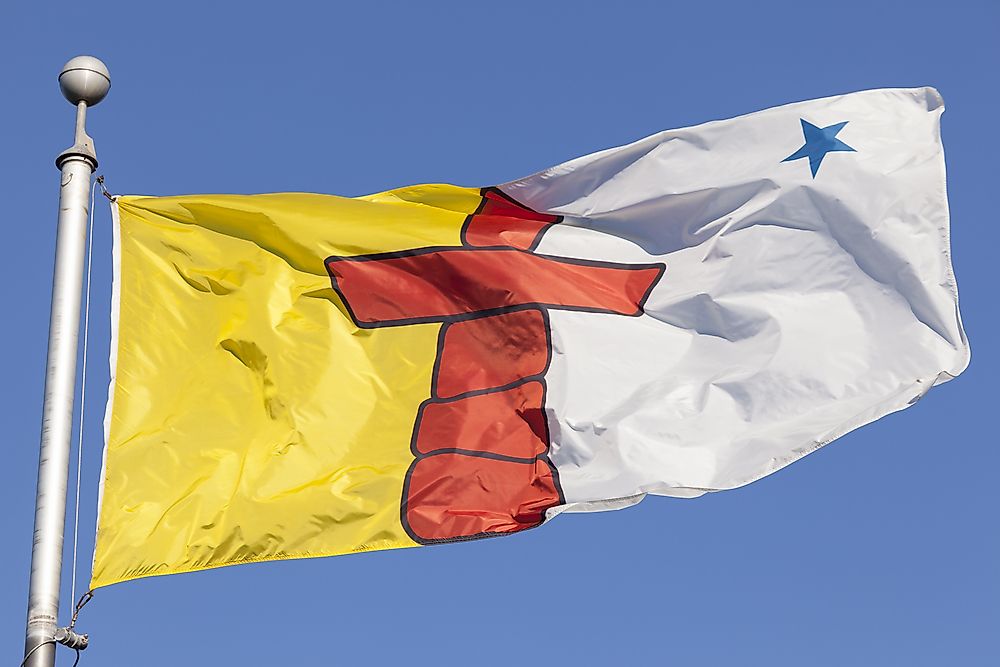When Did Nunavut Become a Territory?

Nunavut is the fifth largest state subdivision in the world comprising the major part of Northern Canada and the second largest in the whole of North America. Nunavut appears to be the largest northern territory of Canada.
History
The State underwent separation from the Northwest Territory which at that time was the federal territory of Canada on April 1, 1999. The split of Nunavut from the Northwest Territories brought about the first major change to Canadas political map since the incorporation of the new found land in 1949. The splitting of Nunavut from the federal of the Northwest Territory was a blessing to the people living there as they were able to grow economically as a city and also develop on their own. To date the state of Nunavut is developing and is a destination for tourists.
Climate
The location of Nunavut is in high altitude areas therefore making the area have a polar climate with temperatures being very low in most parts of the area. The area also experiences a very low continental summertime that contributes greatly to the polar environment.
Languages
The people of Nunavut speak three national languages which include English French and Inuit language but the most spoken language is Inuit. Research indicates that less than 10% of the population of Nunavut do not speak either English or French but lately policies have been put across to ensure the languages are taught in institutions.
Religions
There exists a variety of religions the population of Nunavut practice the largest population are adherents to the Anglican Church of Canada with more than 50%. The Roman Catholic and the Pentecostal adherents accounts for approximately 30% of the entire population of North Canada. Less than 10% of the people are not Christians so they are either Muslims Hindus or practice other religions.
Governance
Nunavut is the largest electoral district in the world because the people elect a single member of the Canadian House of commons. A commissioner is the ruler of Nunavut who is normally elected by the minister of interior affairs of the northern affairs. The role of the commissioner is usually symbolic to that of the lieutenant governor of the state.
Flag
The flag of Nunavut was proclaimed along with the creation of the territory on April 1, 1999. The field of the flag is divided vertically with gold on the left and white on the right. The flag features a red inuksuk at the centre and a blue star on the upper right hand corner. The blue star represents the North Star and the leadership of the community elders while the inuksuk is a traditional guide marker. The colors blue and yellow were chosen to represent the riches of the Nunavut land, sea, and sky, while red was chosen to represent Canada.
Capital
The capital city of Nunavut is Iqaluit and the type of population pattern of the area is normally sparse due the well-established economy of the area. The culture of the people of Nunavut is in artwork, carvings and handmade clothing. In the Inuit language the word Nunavut means our land and that is the reason after splitting the region got the name.
Challenges
Nunavut is experiencing global warming about twice as first as the rest of the world due to its location and the activities they carry out that enhances climate change. The people mostly rely on non-renewable sources of energy largely diesel fuel that they use in homes and at places of work. The government has set up measures to encourage use of renewable sources of energy like use of wind because global warming is impacting negatively on animals’ depreciation of ice berg poor yields on agricultural products.











